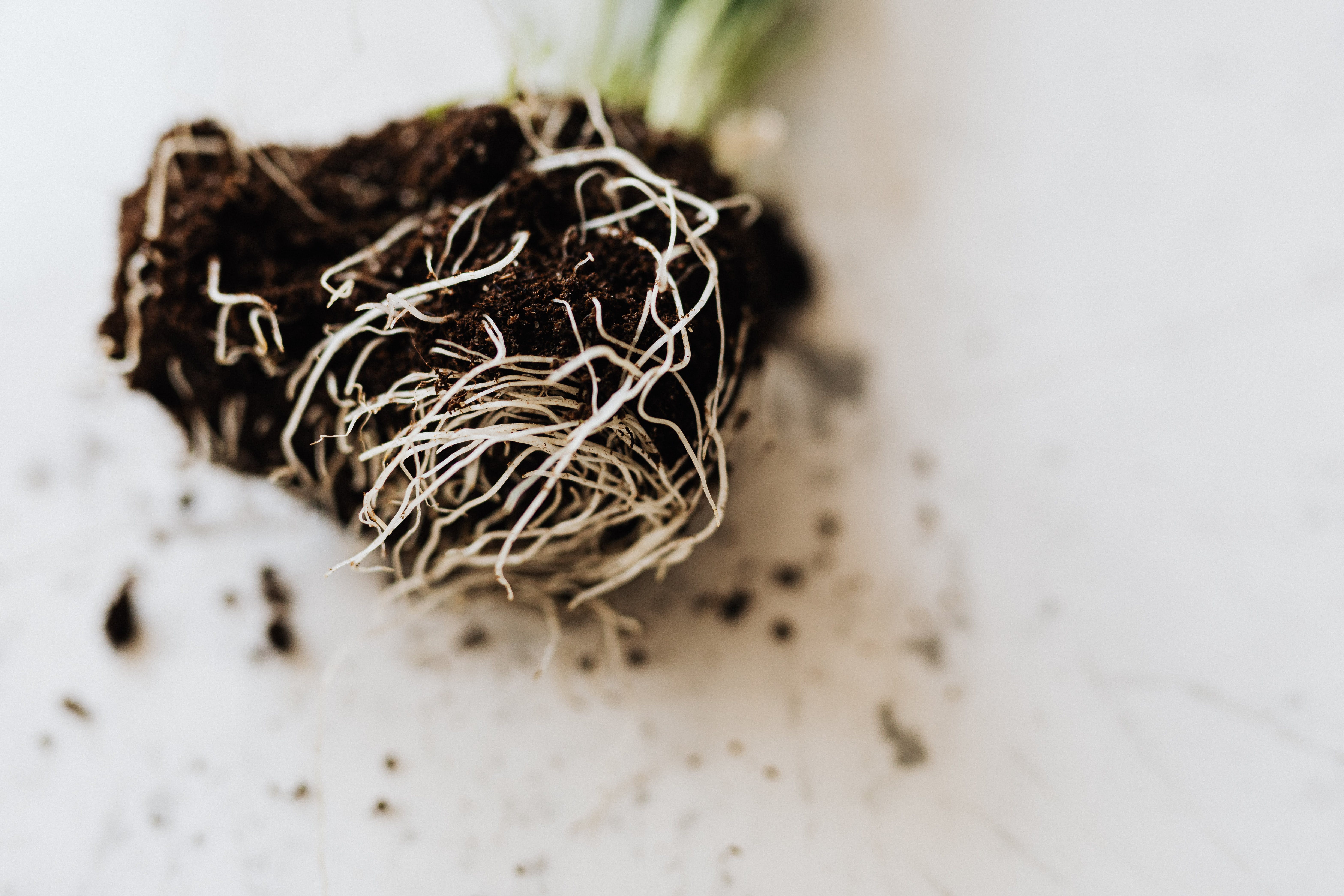Building an above ground garden is a great way to grow your own fruits, vegetables, and herbs. It can also be a fun and rewarding project that you can do yourself. With the right supplies and tools, you can have your own above ground garden in no time. In this guide, we will walk you through the process of creating an above ground garden from start to finish. From choosing the right site for your garden to planting and harvesting, we’ll cover all of the necessary steps for creating an above ground garden that will thrive for years to come.When selecting a site for an above ground garden, the most important factors to consider are sunlight, water access, and soil quality. Sunlight is essential for any type of garden, and an above ground garden is no exception. Make sure the area chosen receives at least six hours of direct sunlight each day. Water access is also crucial for any type of garden, so make sure there is a nearby source of water or a way to transport it from another location. The soil quality of the chosen site should also be taken into consideration; if the soil is of poor quality, it will need to be amended prior to planting
Preparing the Soil for Above Ground Garden
Preparing the soil for an above ground garden is essential to ensure that your plants thrive and grow. The first step in preparing the soil is to make sure it is free of weeds, rocks, and other debris. Use a shovel or a hand trowel to remove any unwanted material from the soil. Then, use a rake to level the surface and break up any large clumps of soil.
Next, it’s important to add organic matter such as compost or manure to improve the structure of the
Choosing the Right Containers for an Above Ground Garden
Container gardening is a great way to grow vegetables and herbs if you have limited space or poor soil. To get the most out of your container garden, it’s important to choose the right containers. When it comes to an above ground garden, you have a lot of options. The best containers are those that will be sturdy and provide plenty of drainage. Plastic, ceramic, and wood are all great materials for above-ground planters.
Plastic planters are lightweight and come in a
Choosing the Appropriate Plants for Above Ground Garden
Creating an above ground garden is a great way to get started with gardening, as it requires less effort and maintenance than a below ground garden. However, it is important to make sure you choose the right plants for your above ground garden. To ensure your garden thrives, you should select plants that are well-suited to the amount of sunlight and water your garden will receive.
When selecting plants for your above ground garden, consider the amount of sunlight it will receive daily. Some
https://images.pexels.com/photos/4202324/pexels-photo-4202324.jpeg
Creating a Fertilization Schedule for an Above Ground Garden
Creating an above ground garden is a great way to add beauty and vitality to your outdoor space. However, no garden is complete without a proper fertilization schedule. Fertilizing your garden helps ensure that it receives the vital nutrients needed for optimal growth and health. To create an effective fertilization schedule, there are several key factors to consider.
First, you must determine what type of fertilizer you will use in your garden. There are many types of fertil

Watering an Above Ground Garden Properly
Watering an above ground garden can be tricky, but with a few simple tips, you can ensure that your plants stay healthy and vibrant. The first step is to understand the different kinds of soil and moisture levels that your plants need. Different types of soil will require different amounts of water, so it’s important to research the plants you’re growing before setting up your above ground garden. It’s also important to know how often you should water your garden. Generally speaking, watering once per week should
Keeping Pests and Diseases Out of Your Above Ground Garden
Growing a garden in your yard can be a rewarding experience. Not only do you get to enjoy the beauty of your plants, but you also get to enjoy the fruits of your labor in the form of fresh vegetables and herbs. Unfortunately, pests and diseases can quickly ruin an above ground garden, leaving you with wilted or dead plants. Knowing how to keep pests and diseases out of your garden is essential if you want to have a successful harvest.
The first step in keeping pests and
Adding Mulch to Your Above Ground Garden
Mulch is an important part of gardening, especially when it comes to keeping your plants healthy and preventing weeds from taking over. Adding mulch to your above ground garden is a great way to keep your garden looking neat and tidy while also providing essential nutrients for your plants. Mulch also helps retain moisture in the soil and can help control pests, such as slugs and snails. Here are some tips on how to add mulch to your above ground garden:
1. Select a

Conclusion
Building an above ground garden is a great way to have a productive garden without having to dig into the soil. By following these steps, you can get started quickly and enjoy the fruits of your labor. Start by choosing the right location, then preparing the area and building a support structure. When it comes time to fill your above ground garden with soil and plants, be sure to use quality products so that your garden has what it needs to thrive. Finally, don’t forget to water and fertilize regularly in order to keep your plants healthy and productive. With some patience
